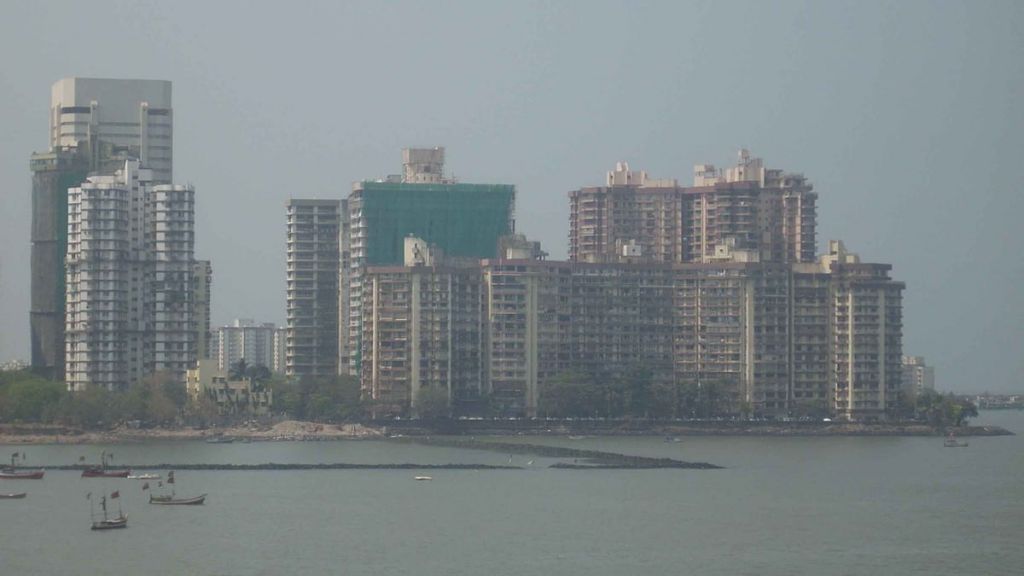
The beginning of a new year offers an opportunity to reflect upon the past 12 months while also looking forward towards the 12 months that lie ahead. It is important to analyse announcements that shaped development patterns during the previous year and recent trends that could influence how the markets continue to fare going forward.
Anuj Puri, Chairman, ANAROCK Group, says, "2024 has been a mixed bag for the Indian housing sector. Apart from the dampening effect of general and assembly elections, project approvals slowed down markedly; this inevitably impacted new housing supply. While sales also saw a marginal decline when compared to 2023, this was offset by a 16% jump in the overall sales value, thanks to average price appreciation and increasing unit sizes."
Supply
“Compared to 2023, 2024 saw a 21% rise in the average price in the top 7 cities," says Puri. "2025 is unlikely to match this steep growth, though. Average residential price hikes will stabilize in the coming year, though there will be steady growth amid increased input costs and high demand. 2025 will also see generous new supply infusions by listed developers, who have significant inventory lined up. The elections and slow project approval process had dented the new supply pipeline in 2024,” he explains.
Shifts
Prashant Sharma, President, NAREDCO Maharashtra, points out that 2024 has brought some critical shifts that will shape the industry in 2025 and beyond. As we reflect on the year gone by, it is evident that the sector is undergoing transformative changes, driven by evolving consumer expectations, technological advancements, and government initiatives.
“In 2024, we witnessed a significant shift toward eco-friendly practices as developers embraced green construction technologies, energy-efficient designs, and sustainable building materials. Home buyers and investors are increasingly valuing projects that offer long-term environmental and economic benefits. This trend will only grow stronger in 2025, as sustainability evolves from being a differentiator to an industry imperative. Technology has continued to redefine the real estate landscape in 2024, with innovations such as virtual property tours, AI-driven analytics, and blockchain-enabled transactions taking centre stage. As we step into 2025, the integration of big data and AI will become more prevalent, enabling better decision-making and fostering greater transparency within the sector,” he emphasises.
Momentum
“Projects such as metro expansions, expressways, and smart cities have fuelled demand for residential and commercial spaces in metropolitan and suburban areas. The momentum is expected to continue in 2025, with developers focusing on creating integrated townships and mixed-use developments that cater to the needs of a growing urban population. The post-pandemic era has redefined consumer expectations, with buyers prioritising homes that offer a blend of work, leisure, and wellness. In 2024, the demand for properties with spacious layouts, smart home features, and wellness-focused amenities witnessed a notable uptick. Developers must continue to innovate in 2025, designing spaces that align with these evolving preferences and creating value-driven offerings that cater to diverse buyer segments,” the NAREDCO Maharashtra President underlines, stating that as we look forward to 2025, the focus must remain on delivering value, enhancing customer trust, and contributing to India’s growth story.
Resilience
Manju Yagnik, Senior Vice President, NAREDCO Maharashtra, opines, “In 2024, India's housing market demonstrated strong resilience, with the first three quarters seeing sales exceed Rs 110,000 crore with 115 million sq. ft. sold. The ultra-luxury segment, particularly properties priced between Rs 10 crore and Rs 80 crore, experienced notable growth. While the premium homes segment was fuelled by accessibility-led urbanization and evolving consumer preferences. Further, the RBI's decision to maintain the repo rate at 6.5% boosted the market confidence, sustaining residential demand across major cities. This positive momentum is set to continue, with rising consumer confidence and increased investments from both institutional and foreign investors.”
Infrastructure
Citing market movements, she adds, “According to JLL, by year-end, Mumbai is on track to achieve record sales of over 300,000 homes worth Rs 510,000 crore across 485 million sq. ft. Mumbai recorded a 6.7% increase in demand and a 5.3% rise in supply, leading to a 6.5% growth in property rates this year. Also, with a bright infrastructure future roadmap which will further enhance the property rates in established hubs and add to the network of connectivity of the peripheral micro markets, the real estate future in 2025 looks absolutely promising.”